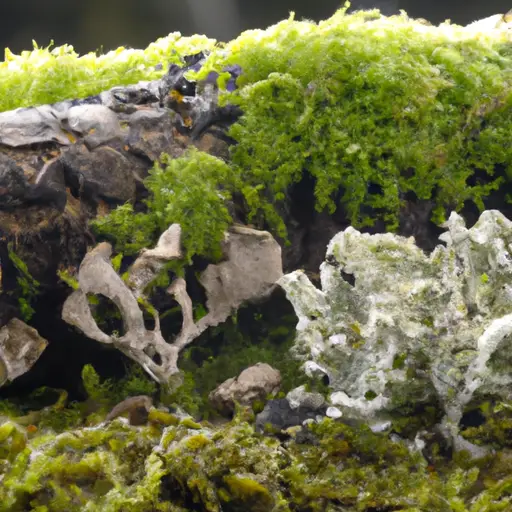Plants vs. fungi: Plants and fungi are considered the earliest living organisms on the planet. The two organisms belong to the group kingdom plantae and Kingdom fungi respectively and share some striking similarities as well as differences. The two are classified as eukaryotes, meaning they both possess a clearly defined nucleus. The fact that they belong to the Kingdom plantae and fungi means they cannot move from one place to another like animals.While plants are defined as autotrophic with the ability to manufacture their own food, fungi are defined as heterotrophic which means they have no ability to manufacture their own food but instead take food from other plant matter. That said, fungi are actually quite fantastic! Early scientists classified both fungi and plants within the Kingdom plantae but this has changed over the years thanks to the advancement of scientific information. While Botany is widely referred as the scientific study of plants, mycology is the term used to refer to the scientific study of fungi. Both fungi and plants can easily be identified and told apart. Some common examples of plants include dicots, legumes, monocots and so on while fungi include things like mushrooms, yeast and mold.
So What is the Differences between Plants and Fungi?
1. Chlorophyll
Plants possess a substance known as chlorophyll which gives them the ability to manufacture their own food through a process referred to as photosynthesis. On the other hand, fungi lack chlorophyll which means they have no ability to manufacture their own food thus depend on other organic matter for food.
2. Food Storage
After the process of photosynthesis, plants store their food in the form of starch. Being primary producers, they manufacture all the foods which builds up to benefit other members of any given food chain. Fungi, on the other hand, have no ability to manufacture their own food. However, they store their food in the form of glycogen.
3. Tropical-level
Plants differ from fungi in the sense that they are the producers in any ecosystem due to their ability to manufacture their own food. They are considered primary producers thanks to their huge biomass hence producing food to all other organisms in the food chain.
Fungi, on the other hand, belong to the group of organisms referred to as decomposers. They lack the ability to manufacture their own food hence feed on food from other organisms. They break down other organisms to make their food.
4. Gametes
Fungi produce fruiting bodies called spores, whereas most plants produce seeds. Almost all plants produce seeds except ferns, which reproduce through spores. Fungi, on the other hand, reproduce mainly through budding; a cell division process that involves replication of fungi cells.
5. Strengthening agent
Fungi have chitin as a component of their cell walls while plants have cellulose. Both chitin and cellulose are composed of polysaccharide chains.
In plants, the monomer in this chain is glucose and in fungi, it is a modified form of glucose called N-acetyl glucosamine.
The presence of chlorophyll in plants gives them the ability to manufacture their own food. The absence of chlorophyll in fungi means they absorb food and nutrients from the soil.
6. Reproduction
The method of reproduction in plants and fungi differs in the sense that plants reproduce through seeds and pollen grains in flowers whereas fungi have neither seeds or pollen grains. They reproduce asexulaly through budding, frgementation or production of spores.
7. Complexity
Plant body parts are differentiated into root, stem, and leaf while the fungal body is differentiated into a simple filamentous structure.
Fungi are made up of mycelium and hyphae, and no complex organs as compared to plants
8. Roots
The rooting structure is only available in plants. Plants use roots to attach themselves to the group and help in absorbing moisture from the ground.
Fungi have no system of roots and therefore have no way of absorbing moisture from the ground. They instead have filaments that they use to attach to other host plants for the benefit of absorbing foods and nutrients. This is their way of feeding.
9. Photosynthesis
Photosynthesis is the process by which plants manufacture their owon food. This process is only limited in plants and is not found in fungi.
Fungi, on the other hand, produce their own food through biochemical processes. Lack of Chlorophyll makes fungi incapable of undertaking the photosynthesis process. Most fungi usually depend on a host as parasites or decomposed dead matter for survival.
10. Cell-wall
Another striking difference between plants and fungi is in the lining of the cell wall. Plants have a cell wall made of cellulose which supports the cells while fungi have chitin to support the cell.
Chitin material is also found in the exoskeletons of crabs, lobsters, and insects. The cell wall of a plant is usually made of cellulose, pectin, agar, and other substances.

